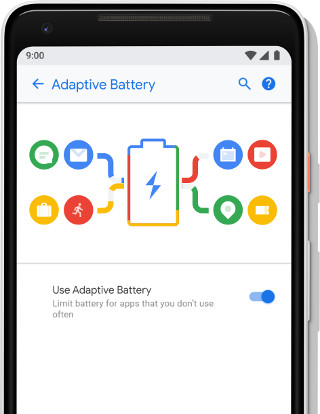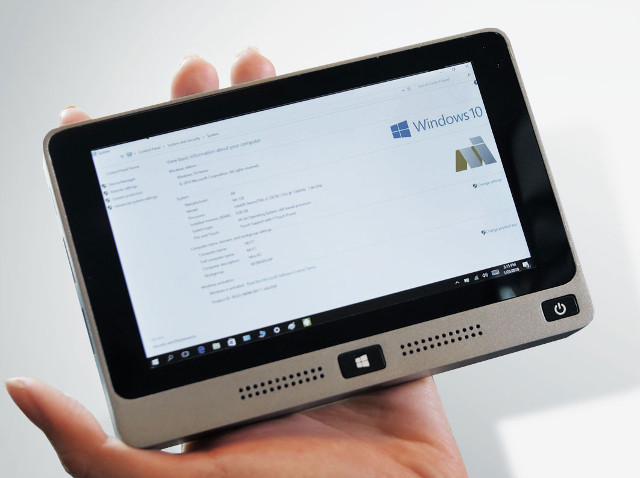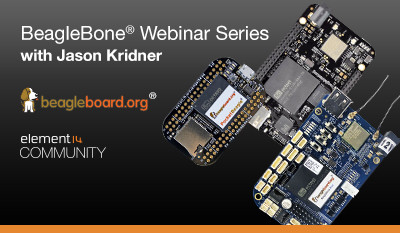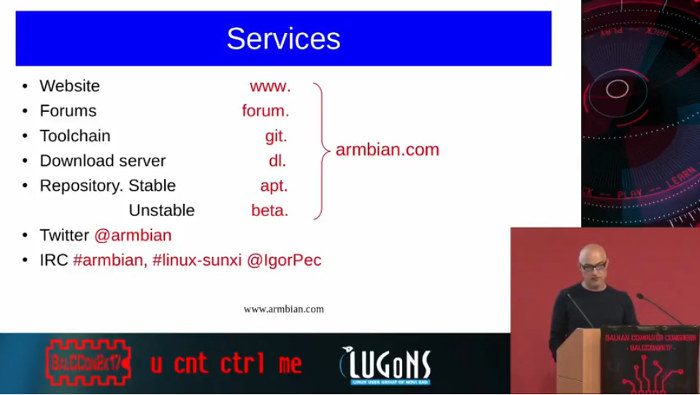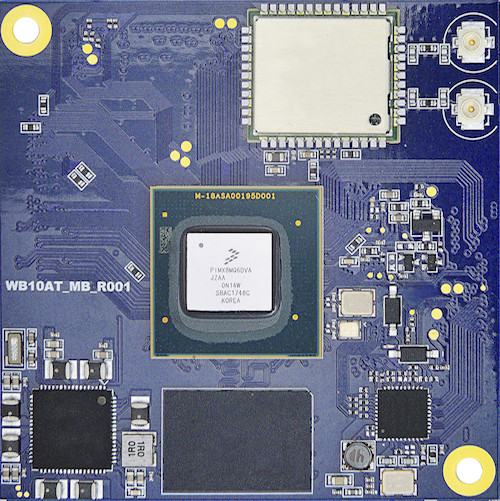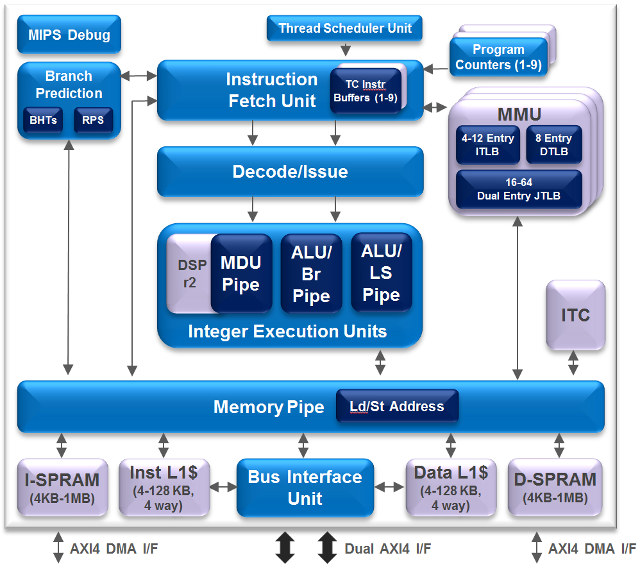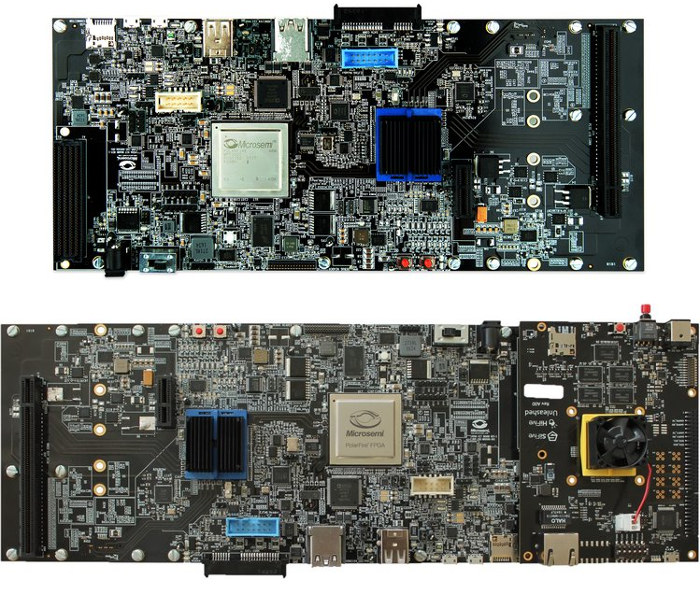We’ve already seen announcements about Android P and Android Things 1.0 for Google I/O 2018, but the company also took the opportunity to provide an update to the new features coming to Google Assistant. Some of the improvements are specifically related to the audio features (voice assistant): Google Assistant is now naturally conversational so it can understand more complex requests such as asking the weather using expressions like “Will it be cats and dogs today?”. 6 new voices are now available, and John Legend’s voice is coming later this year. More voices should be supported in the future, thanks to improvements in AI and WaveNet technology from DeepMind that eliminates the needs for recording hundreds of hours of audio in a recording studio, and enabled adding new voices in just a few weeks. Continued Conversation – as its name implies – will allow Assitant and you to have a “natural […]
Android P Beta Released. What’s New?
Last March, Google released Android P developer preview with new features such as indoor positioning with WiFi RTT, support for display notch, HDR VP9, HEIF image compression, a new API to access two or more camera simultaneously and so on. Google I/O 2018 has just gotten started, and the company announced the release of Android P beta with yet more features, and support for phones from more manufacturers. Some of the most notable features include: Adaptive Battery uses machine learning to prioritize access to system resources for a user’s most commonly run apps, and places each app in four “buckets” ranked from “active” to “rare”. Apps will change buckets over time, and apps not in the “active” bucket will have restrictions for jobs, alarms, network and high-priority Firebase Cloud Messages. App Actions will also use machine learning to show actions for specific apps depending on context. For example highlighting “Taylor Swift” […]
Mi Mini PC is a $150 Pocket-Sized Windows 10 Mobile PC with a 5″ Touchscreen Display (Crowdfunding)
Around 2 years ago, I reviewed GOLE1 mini PC running Windows 10 and Android 5.1, powered by an Intel Atom x5-Z8300 Cherry Trail processor with 4GB RAM and 64GB SSD. It also came with a 5″ 1280×720 display and a battery, so you could use it on the go. I discovered several issues related to WiFi, USB 3.0, Windows 10 on a 5″ display, among others, but still found it was an interesting concept. Mi Mini PC – unrelated to Xiaomi Mi products – looks very similar to GOLE1, but comes with better specifications including an Atom x7 processor, 8GB RAM, and a 128GB SSD. Mi Mini PC specifications: SoC – Intel Atom x7-Z8750 quad core Cherry Trail processor @ 1.60 / 2.56 GHz with 16EU Intel HD Graphics; 2W SDP System Memory – 8 GB RAM Storage – 128 GB SSD (upgradeable to 256 or 512 GB) + micro […]
A 6-Part BeagleBone Webinar for Users, Developers and Education Starts on May 10
The BeagleBone Black and derivatives like PocketBeagle or BeagleBone Green Wireless are still popular development boards, and if you are interested in the platform as a developer, user, or educator, you may learn more about the boards and how to use them in an upcoming BeagleBone webinar series presented by Jason Kridner, the co-founder and board member at BeagleBoard.org Foundation, and element14. The webinar series will start in about 2 weeks with the following schedule: Introduction to BeagleBone – 10th May 2018 @ 11:00 AM (CDT)/17:00 (GMT) BeagleBone for Linux Users – 24th May 2018 @ 11:00 AM (CDT)/17:00 (GMT) BeagleBone for Embedded Developers – 6th June 2018 @ 11:00 AM (CDT)/17:00 (GMT) BeagleBone for Web Developers – 21th June 2018 @ 11:00 AM (CDT)/17:00 (GMT) BeagleBone Blue for Robotics – 12th July 2018 @ 11:00 AM (CDT)/17:00 (GMT) BeagleBone in the Classroom – 26th July 2018 @ 11:00 AM […]
Armbian History, Infrastructure, and Progress Report
Many of us rely on Armbian Debian and Ubuntu images for our cheap Arm development boards since they usually offer better support than vendor supplied firmware images. The community has just updated Armbian website, but the thing that caught my eye in the announcement was a link to a 45-minute presentation by Igor Pečovnik, working full-time on the project, that details the history about Armbian, and provides a relatively recent progress update as it was made at BalCCon – Balkan Computer Congress in November 2017. I’ve embedded the video further below, but first I’ll provide summary of the key point made during the presentation. It all started with Cubieboard (A20) as Igor was trying to fix some issues, and learn how to improve software support on the board. Several people joined his efforts on Cubieboard forums, and eventually Armbian website launched in mid 2014 running on the Cubieboard then ODROID-XU4 […]
Android Things 1.0 Released with Support for NXP i.MX 8M, Qualcomm SDA212/SDA624 and Mediatek MT8516 SoMs
Brillo Project was renamed to Android Things with the release of a developer preview back in December 2014, and the operating system enabling developers and companies to build and maintain Internet of Things devices at scale. The OS has now graduated so-to-speak with the release of Android Things 1.0 with long-term support for production devices, and this was to be expected as several Android Things devices were announced earlier this year. The new release adds supports for new system-on-modules (SoMs) based on the NXP i.MX8M, Qualcomm SDA212, Qualcomm SDA624, and MediaTek MT8516 SoCs. These modules are certified for production use with guaranteed long-term support for 3 years, and development hardware and reference designs for these SoMs will be available in the coming months. The Raspberry Pi 3 Model B and NXP i.MX7D boards and system-on-modules are still supported, but support for NXP i.MX6UL devices will be deprecated. Check out the […]
MIPS I7200 Processor Core with nanoMIPS Architecture is Designed for LTE/5G Communications & Networking SoCs
MIPS has recently unveiled the I7200 multi-threaded multi-core processor for advanced LTE/5G communications and networking SoCs, which also happens to be the first MIPS core based on the new nanoMIPS 32-bit ISA. nanoMIPS is a variable instruction length ISA consisting of 16/32/48-bit instructions and various other optimizations that enables performance in the smallest code size. MIPS I7200 core features: 32-bit nanoMIPS Instruction Set Architecture with MIPS DSP ASE optimized instruction set extensions for integer DSP and 32-bit SIMD operations Balanced, 9-stage, dual-issue pipeline with Vertical Multi-Threading (VMT) Superscalar on a single thread per cycle Zero overhead context switching – can switch threads every clock cycle Implements MIPS MT ASE – can implement up to 3 fully OS visible Virtual Processor Elements (VPEs) per core, and up to 9 lightweight thread contexts (TCs) per core, assignable to the VPEs Configurable memory subsystem Support for caches, tightly coupled ScratchPad RAM (SPRAM), or […]
HiFive Unleashed RISC-V Linux Development Board Gets a $2000 FPGA Expansion Board
If you’re a RISC-V architecture’s enthusiast or represent a company working on products with the new ISA, you may have spent $999 or more on Hifive Unleashed RISC-V Linux development board a few months ago. You now have the opportunity to spend an extra $1,999 for HiFive Unleashed Expansion Board powered by a MicroSemi PolarFire FPGA programmed with a PCIe root port bridge, and allowing you to test all sorts of peripherals such as HDD’s & SSD’s, HDMI output, and audio cards, network adapters, graphics cards, and so on. Expansion board specifications: FPGA – Microsemi Low Power PolarFire FPGA with 300K Logic Element 4 Gbit DDR4 x16 SPI Flash for remote FPGA updates, QSPI Flash connected to GPIO 24 lane PCIe Switch x1 PCI Express card connector x16 PCI Express card connector with 4 lanes of PCIe gen2 connected SSD M.2 connector SATA connector HDMI connector eMMC Nand Flash uSD […]



